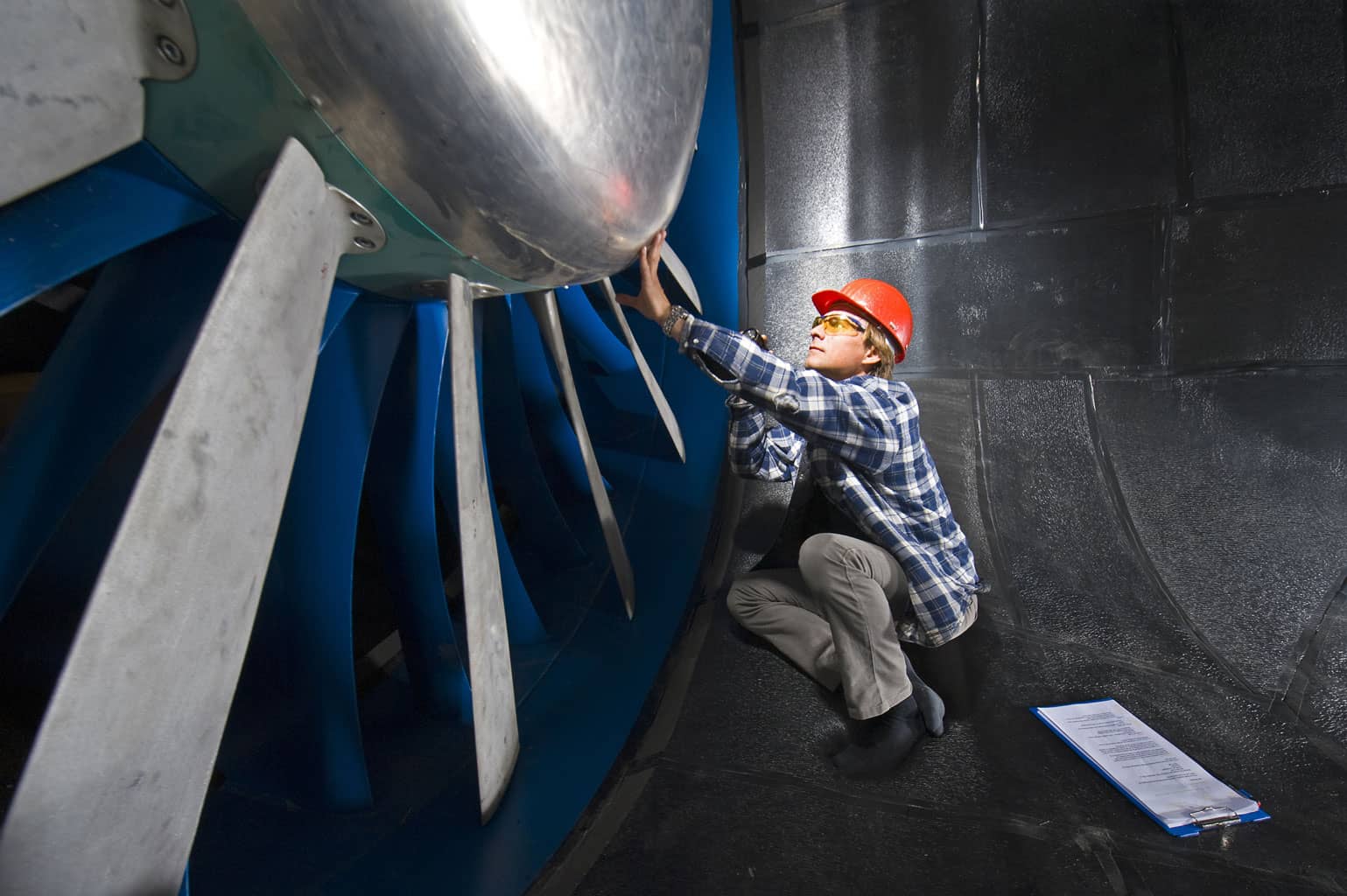

LVDT / carrier-fed strain gauges pose major challenges for measurement technology, especially in large-scale projects with many measurement channels. With the LTT24, Labortechniker Tasler is the market leader for these and many other tasks.

... if only they could be connected!
In the "normal" measuring everyday life they hardly occur and some do not know them at all: Carrier frequency fed strain gages and LVDT sensors. What both have in common is that they are powered by a sinusoidal voltage. While strain gages operate in resistor bridge circuits as resistive voltage dividers, LVDT sensors are constructed from coils and operate inductively. Both generate a sinusoidal output signal whose amplitude is derived from the physical quantity to be measured (e.g. deformation or displacement).
The advantage of the inductive design is above all the possibility of electrically and mechanically separating the receiver coil from the transmitter coil, which is an advantage, for example, in potentially explosive areas of application (e.g. level measurements in fuel tanks).
The essential unique selling point of both sensor types, however, is the fact that the amplitude-modulated output signals have exactly and only the signal frequency as the applied sinusoidal supply. No other frequency in the output signal belongs to the measurement result. Therefore, all interference and noise unequal to the excitation frequency can be filtered out analog and digital. This leaves an incredibly precise measurement signal even in extremely disturbed environments. An amazing advantage!
They exploit their full potential in demanding applications. Typical applications are those that require long life and reliability (military, aerospace, turbines, power plants, factory automation, etc.).
Robustness in terms of sensitivity to interference, extreme operating temperatures, rapid temperature changes and vibrations qualify them for demanding applications in all industrial sectors. High IP protection classes and high-quality housing materials such as stainless steel and titanium make applications under water possible. Since these displacement transducers also withstand contact with aggressive chemicals without damage, they are suitable, for example, for cleaning or disinfection in machines for food production or packaging systems. The pressure-tight sensor versions are installed in hydraulic cylinders, servo valves and pneumatic cylinders for control and regulation.
Only with multi-channel measurements one must be careful: if all connected sensors were fed with the same excitation frequency, then signal components of the connected sensors could cross-talk with each other - and not be filtered out because they would all have the same frequency. Therefore, it is essential to ensure that all sensors are supplied with an individual sinusoidal excitation frequency (also called carrier frequency) during multi-channel measurements.
The slowest carrier frequency used determines the available measurement signal bandwidth. Additional measurement channels must therefore use higher carrier frequencies, so that the preamplifier to be used must not only offer different carrier frequencies individually for each channel, but must also be able to operate cleanly up to high carrier frequency ranges.
Such preamplifiers don't really exist anymore today...
...if the LTT24 would not be equipped with exactly this outstanding capability since a large wave channel project!
Carrier frequencies up to 125 kHz with a measurement signal dynamic of 140dB on up to 32 measurement channels individually configurable via software: this way large wind tunnel, wave channel and other demanding large-scale projects with many channels can be measured quasi interference-free.
The LVDT option is just one of the must-haves of the LTT24!